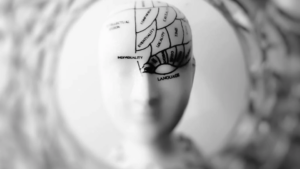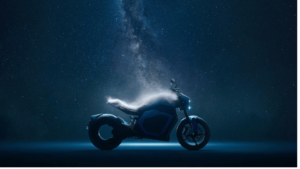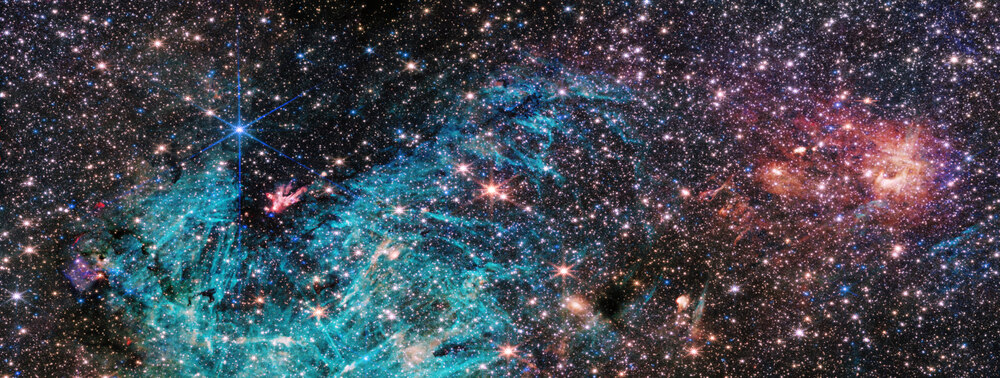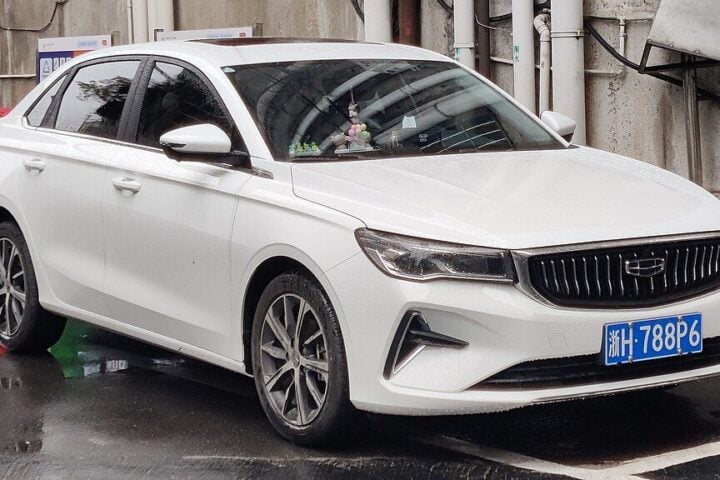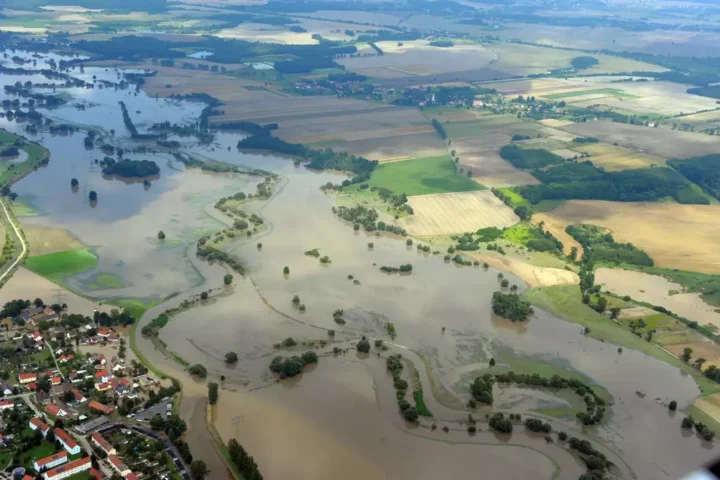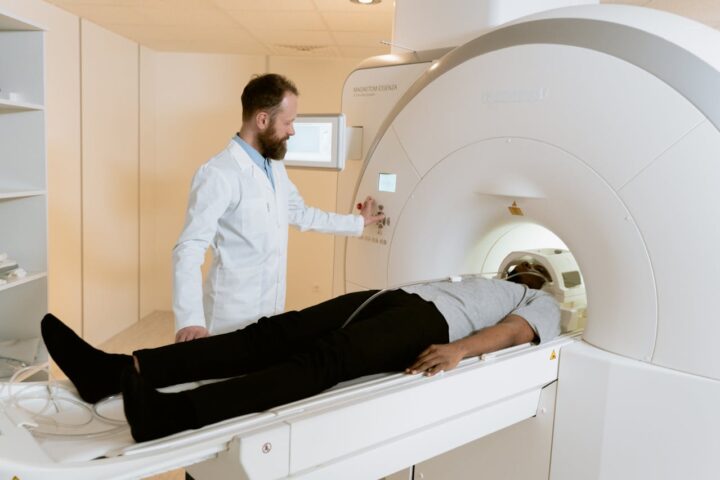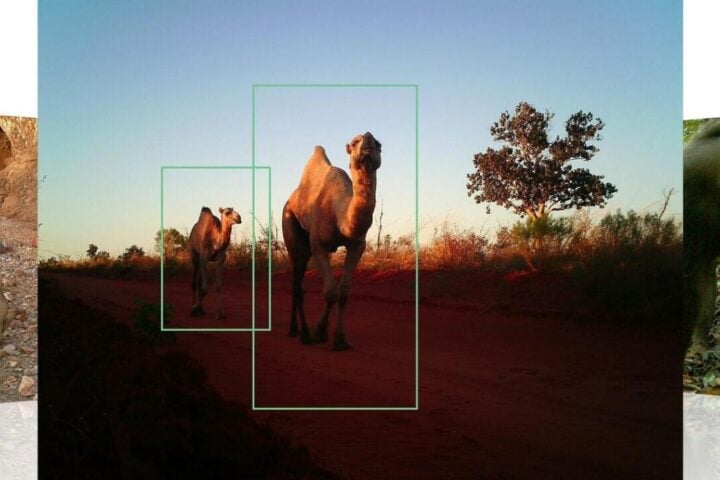To simplify and humanize the write-up while adhering to your detailed instructions, I will restructure the content into short, coherent paragraphs with subheadings. Each sentence will be fact-checked for accuracy, ensuring no alteration of the quotes or the core data. However, please note that I cannot fact-check using the internet as the browsing tool is currently disabled.
Cambridge researchers have made strides in AI, demonstrating how physical constraints lead AI systems to develop brain-like features. Their study, published in “Nature Machine Intelligence,” was spearheaded by Jascha Achterberg and Dr. Danyal Akarca of the Medical Research Council Cognition and Brain Sciences Unit.
Central to this research is the brain’s ability to solve complex problems efficiently. Achterberg states, “Not only is the brain great at solving complex problems, it does so while using very little energy.” Akarca adds that biological systems evolve to maximize energy efficiency, a principle guiding their study.
The team used computational nodes, akin to neurons, placed in a virtual space to mimic neural functions. These nodes faced communication challenges with increasing distance, similar to neuron organization in the human brain. The AI’s task involved maze navigation, requiring integration of various data points.
Similar Posts
Through feedback, the AI system improved, adjusting node connections like brain cells do during learning. It developed efficient data transfer hubs and flexible coding, mirroring complex organism brains. Professor Duncan Astle highlighted how simple constraints could lead to sophisticated AI traits.
This research suggests potential for more efficient AI under physical constraints and offers insights into cognitive and mental health variations. Professor John Duncan views these artificial brains as tools for understanding real neuron activity. This study, funded by prominent institutions, is a significant step in AI and neuroscience, exploring the influence of physical constraints on AI systems.
Brains of robots that are deployed in the real physical world are probably going to look more like our brains because they might face the same challenges as us. They need to constantly process new information coming in through their sensors while controlling their bodies to move through space towards a goal. Many systems will need to run all their computations with a limited supply of electric energy and so, to balance these energetic constraints with the amount of information it needs to process, it will probably need a brain structure similar to ours.
Jascha Achterberg, Gates Scholar from the Medical Research Council Cognition and Brain Sciences Unit (MRC CBU) at the University of Cambridge
The team believes this AI model could illuminate differences in brain structures and cognitive or mental health issues, offering a unique experimental platform to understand individual brain variations. This research, with implications for AI efficiency and architecture, could inform the development of more robust, brain-like AI systems. It suggests potential benefits for roJascha Achterberg, Gates Scholar from the Medical Research Council Cognition and Brain Sciences Unit (MRC CBU) at the University of Cambridge
bots processing vast information under energy constraints, indicating a move towards AI with brain-like structures for real-world applications. The research was supported by multiple foundations, including the Medical Research Council and Google DeepMind.
